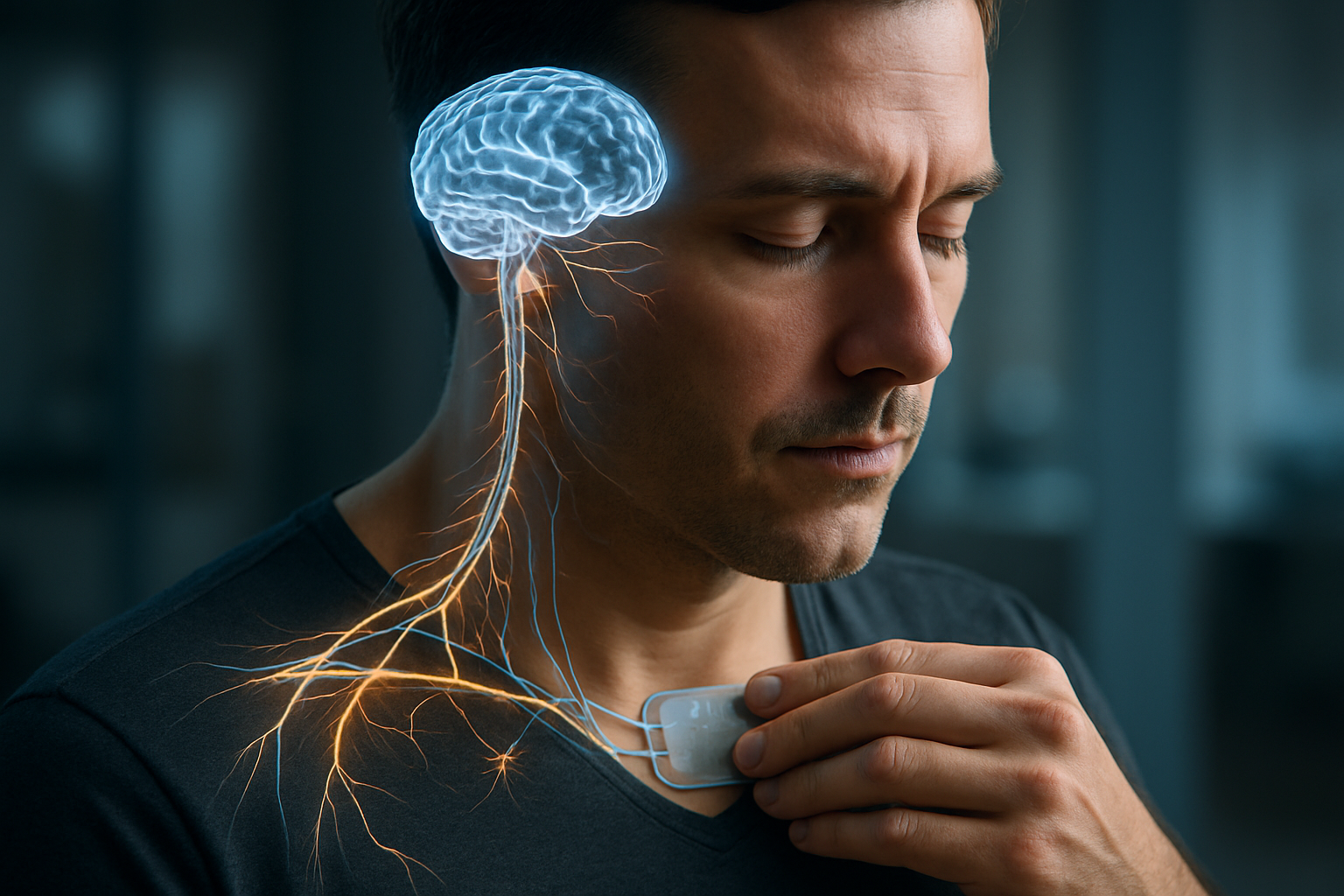Revolutionizing Medicine: The Promise of Regenerative Therapies
Regenerative medicine stands at the forefront of medical innovation, offering hope for treating previously incurable conditions and revolutionizing the way we approach healthcare. This groundbreaking field combines cutting-edge scientific research with advanced medical techniques to harness the body's natural healing capabilities. By focusing on repairing, replacing, or regenerating damaged cells, tissues, and organs, regenerative medicine aims to restore normal function and improve quality of life for patients suffering from a wide range of ailments.

How are cell lines used in regenerative medicine research?
Cell lines play a crucial role in regenerative medicine research, serving as valuable tools for studying disease mechanisms, testing potential therapies, and developing new treatments. These immortalized cells, derived from various sources such as embryonic stem cells or adult tissues, can be grown and maintained in laboratory conditions for extended periods. Researchers use cell lines to investigate cellular behavior, test drug efficacy, and explore the potential of different regenerative approaches without the need for continuous tissue sampling from donors.
What types of tissue can be regenerated through these therapies?
Regenerative medicine has shown promising results in regenerating various types of tissue, including:
-
Skin: Advanced wound healing treatments and tissue-engineered skin grafts
-
Bone and cartilage: Therapies for osteoarthritis and fracture repair
-
Cardiac tissue: Approaches to regenerate heart muscle after heart attacks
-
Neural tissue: Potential treatments for spinal cord injuries and neurodegenerative diseases
-
Liver and pancreatic tissue: Strategies to address organ failure and diabetes
As research progresses, scientists continue to explore the potential for regenerating more complex organs and tissues, expanding the scope of regenerative medicine applications.
How are laboratory techniques advancing regenerative medicine?
Laboratory techniques are integral to the advancement of regenerative medicine. Some key areas of progress include:
-
3D bioprinting: Creating complex tissue structures using cell-laden bioinks
-
Organoid culture: Developing miniature organ-like structures for drug testing and disease modeling
-
CRISPR gene editing: Modifying genetic material to correct mutations or enhance cellular function
-
Biomaterial scaffolds: Engineering supportive structures to guide tissue growth and organization
-
Bioreactor systems: Optimizing conditions for large-scale tissue cultivation and maturation
These innovative techniques enable researchers to better understand tissue development, disease progression, and potential therapeutic interventions.
What are the current challenges and future prospects for regenerative medicine?
While regenerative medicine holds immense promise, several challenges must be addressed to realize its full potential:
-
Scalability: Developing methods to produce sufficient quantities of cells and tissues for clinical use
-
Immune rejection: Overcoming the body’s natural immune response to transplanted cells or tissues
-
Regulatory hurdles: Navigating complex approval processes for novel therapies
-
Cost and accessibility: Ensuring treatments are affordable and widely available
-
Long-term safety and efficacy: Monitoring potential risks and confirming lasting benefits
Despite these challenges, the future of regenerative medicine looks bright. Ongoing research and technological advancements continue to push the boundaries of what is possible in tissue regeneration and cellular therapy. As the field progresses, we can expect to see more targeted and personalized treatments, improved tissue engineering techniques, and potentially even whole-organ regeneration.
Regenerative medicine represents a paradigm shift in healthcare, offering hope for patients with previously untreatable conditions and the potential to transform medical practice. As research continues and new breakthroughs emerge, this innovative field promises to revolutionize our approach to healing and usher in a new era of personalized, regenerative therapies.






